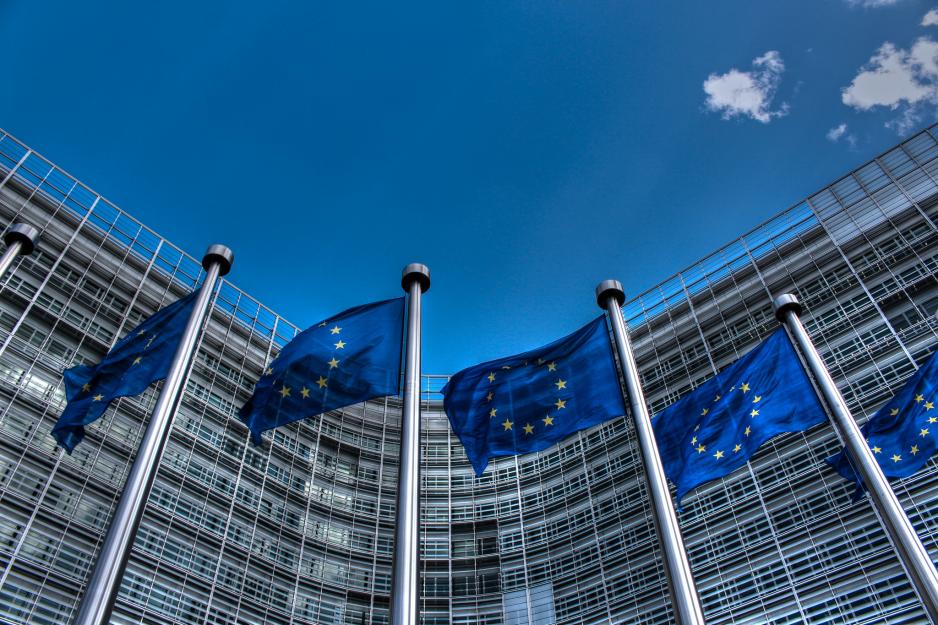Can the EU boost Nordic cooperation?

Europe’s North has never been a top priority for the European Union. Over the last decade the region has only received sporadic attention from European policymakers. In fact, the few opinions being voiced by Brussels have often caused Arctic fuss and created disagreements between the EU and its Arctic partners.
However, with the European Commission and the European External Action Service (EEAS) having launched its latest Arctic vision – the 2016 Joint Communication – in April 2016, the EU’s Arctic picture slightly changed. Compared to its predecessors, the 2016 policy update has a much clearer emphasis on issues specifically related to the European Arctic and the related challenges and opportunities in Europe’s northernmost region and neighbourhood.
Read also: Is the EU eventually “integrating” the Arctic?
More cooperation needed
A recent report produced by the Arctic Centre of the University of Lapland has now – for the first time – considered how the EU’s current Arctic policy stemming from the 2016 Joint Communication can productively interact with Nordic cooperation frameworks in order to support development efforts in the European Arctic.
Accordingly, the study, entitled Arctic Europe: Bringing together the EU Arctic Policy and Nordic cooperation, depicts ‘Arctic Europe’ – the northernmost regions of Finland, Norway and Sweden – as an integral and indispensable part of the socio-economic landscape of the EU and the European Economic Area.
"The term ‘Arctic Europe’ postulates regional policy developments, cross-border cooperation and investments that could strengthen the connection between the region and European markets, value chains and social developments", says Adam Stępień, researcher at the Arctic Centre and lead author of the report.
"However", he continues, "the region can only exploit its full potential within the future European socio-economic system if the region as such becomes internally more integrated, for example via the elimination of border obstacles, the emergence of pan-regional business activities or common planning for development, infrastructure and investments."
Three essential steps
The report pinpoints three interrelated aspects as key in order to strengthen Arctic Europe’s future position as vibrant part of Europe’s socio-economic landscape:
- Identifying synergies between the EU’s current Arctic policy and Nordic cooperation frameworks
- Highlighting the importance of an integrated region for Europe
- Utilizing the EU-Arctic Stakeholder Forum as facilitator to create a common regional strategy
"For us, it seems clear that there is now a chance for Arctic Europe regions to benefit from the EU’s Arctic policy", emphasises Stępień.
"First, it is important to identify areas where the Union’s financial contribution could make a difference as regards the development of Arctic Europe and where it could best complement the actions of Nordic states, regions and Nordic cooperation venues."
Related growth areas include in particular the general field of innovation, bio- and blue economy, cold climate technologies, low-carbon solutions or e-services.
"Arctic Europe needs to put more attention to economic diversification. The focus cannot be exclusively on the extractive sectors, such as oil and gas exploitation as well as mining. Although these will remain of key importance for the region’s economy, Europe’s northernmost regions must also turn towards new sectors, focusing on climate technologies and digitization. And regional policy-makers are already aware of that."
Increase regional relevance
The identification of synergies between regional, national, Nordic and EU actions goes hand in hand with the need to highlight and increase the importance of Arctic Europe for the rest of the Union. Even though the 2016 Join Communication acknowledged the significance of the region, its multidimensional relevance, especially in the field of renewable energy, modern governance solutions or innovative technologies needs to be further promoted and strengthened. According to Stępień, European stakeholders both from the political and economic angle need to be convinced that Europe as such can broadly benefit from the socio-economic development of Arctic Europe. With Europe’s 2020 strategy in mind, Arctic Europe could play an active role in boosting sustainable and low-carbon innovation for and in the EU. “Positioning the region as a European testbed could not only create valuable, regional niches in sectors such as cold-climate technologies or bio-products; it could further enhance the EU’s soft power role in collaboration with Russia and strengthen the perception of the EU as a ‘real’ Arctic actor – a win-win-situation for both the periphery and the centre.”
Make use of the Stakeholder Forum
The proposed EU Arctic Stakeholder Forum is potentially essential for intra- and extra-regional coordination. "The concept of the Stakeholder Forum is only now taking a more concrete shape. It aims to identify key investment and research priorities for Arctic Europe but it is now up to the regional stakeholders, in cooperation with the European Commission, to define priorities and reflect them in national, regional and EU policies and funding programmes. If the level of ambition is high, there is a possibility to build on the investment and research priorities and develop a common strategy for Arctic Europe. A strategy that a) highlights the regional innovation potential, b) outlines the solutions and technologies developed in Arctic Europe but deployed globally, and c) includes a common overall infrastructure and investment plan endorsed by a broad range of stakeholders."
Engage with the EU
Over the last year, the European Commission and the EEAS has finally provided a policy basis for its future engagement with Arctic Europe. Currently, also the European Parliament is re-focusing its Arctic orientation with a new Arctic resolution. It is now the region’s and its policymaker’s turn to take proper advantage of Brussels’ Arctic interest.
Stępień says that northernmost regions had been waiting for the EU Arctic policy to be more relevant for Arctic Europe and that the regional actors are determined not to miss that opportunity. However, he also stresses that the main responsibility as regards public policies lies at the national level. Linking up the EU’s Arctic policy and actions in the regions with Nordic national policies and Nordic cooperation is therefore of critical importance.

